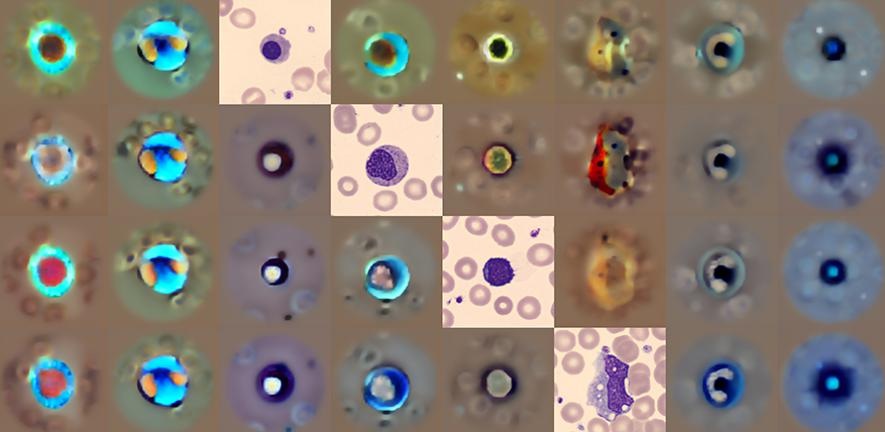Groundbreaking Technology Provides More Information from Same Tissue Sample
Posted on 22 Jul 2025
Many diseases involve complex biological processes that are difficult to detect using conventional tissue analysis methods, which typically allow only 1–2 proteins to be examined at a time. This limited view can make it hard for doctors to identify subtle changes in tissues that occur early in disease progression or to understand the full impact of a disease. In the case of diabetes, for example, traditional methods often miss intricate changes in kidney tissue before visible damage occurs. These limitations hinder timely diagnosis and the ability to assess how well a treatment is working directly in the affected tissue. Now, in a major international collaboration, researchers have developed a new technique that can analyze over 100 proteins simultaneously within a single tissue sample, offering more detailed information about disease processes and treatment effects.
Developed by researchers at Aarhus University (Aarhus, Denmark), the new technique called Pathology-oriented multiPlexing, or PathoPlex, integrates advanced image processing with machine learning algorithms. It employs flexible experimental setups, including a version that uses a simple 3D printer as a liquid handling system, making it accessible for a range of research scales. A Python package called “spatiomic” accompanies the method, offering a step-by-step computational guide for image analysis. PathoPlex works by mapping complex molecular patterns in tissue samples under a microscope, allowing researchers to explore a broad spectrum of proteins simultaneously and visualize how diseases evolve at the molecular level. The technology was tested on tissue specimens from diabetic patients, particularly focusing on kidney samples. Researchers were able to observe disease-related molecular changes that conventional diagnostic tools typically overlook.

Notably, the team detected early alterations in kidney tissues of young diabetic patients before any overt signs of kidney disease were visible. They also examined how SGLT2 inhibitors, a common class of diabetes medication affected tissue-level changes and found that while the drugs addressed some molecular alterations, others remained, indicating the potential need for additional treatments. The study, published in the journal Nature, demonstrates that PathoPlex can be applied to various tissues, including liver and brain, making it a versatile tool for biomedical research. Though not yet ready for hospital use, future plans include automation of the method, refining benchmarking strategies, and developing clinical applications that provide direct value to patients. The team has chosen to make their technology freely available for the entire research community to use.
"PathoPlex provides unique opportunities to explore the complex nature of human disease, which could have a direct impact on patient care," said Professor Victor Puelles, co-lead of the study.
Related Links:
Aarhus University














